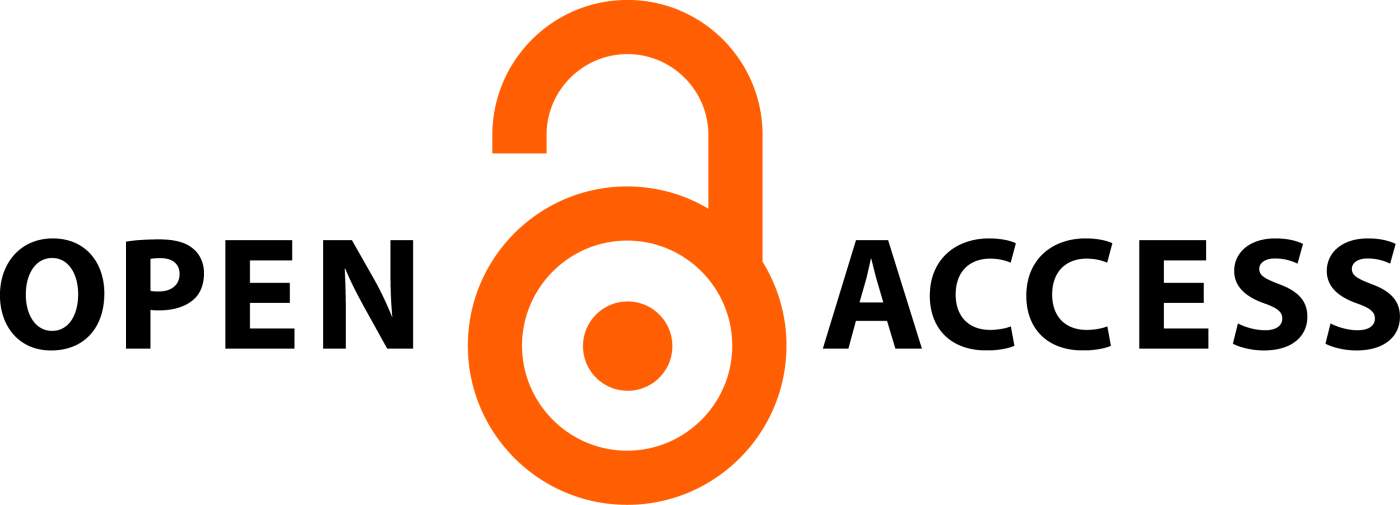DEVELOPMENT AND IN-VITRO ASSESSMENT OF DIVALPROEX SODIUM BILAYERED TABLETS
Formulation and Evaluation of Bilayer Tablets for Divalproex sodium
Abstract
Objective: The aim of the current research work is to develop a bi-layered Divalproex sodium tablet with an immediate release layer and a sustained release layer. Divalproex sodium is regarded as the most significant antiepileptic medication and is frequently used to treat bipolar illness, epilepsy, and migraine prevention.
Methods: Wet granulation was used to prepare both (Immediate release, Sustained release) layers since Divalproex had poor flow properties. Superdisintegrants were used to produce the immediate release layer, which was then assessed for physical characteristics, disintegration time, and in-vitro drug release.
Results: For the bi-layered tablet formulation, the optimal immediate release layer (IF6) with the maximum in-vitro release of 98.11 was chosen. Along with in vitro drug release tests, HPMC-K4M and HPMCK100M polymers were utilized in varying amounts and combinations to delay the release of the drug from the sustained release layer. The polymers were also assessed for physical parameters. The Divalproex sodium release is prolonged for more than eighteen hours by the optimized sustained release layer (SF8). Ultimately, Divalproex sodium's chosen sustained release layer and immediate release layer were twice compressed to create bi-layered tablets. The tablets were assessed for their in-vitro drug release, consistent drug content, friability, thickness, hardness, and weight variation. Every physical parameter fell within the pharmacopeial specification's permitted range.
Conclusion: The best formulation (SF8) contained 26.25 mg of HPMC-K4M and 26.25 mg of HPMC-K100M showed promising results for obtain desired drug release (>90%) after 18 h and may produce patient compliance by means of reducing dosing frequency and provide chronotherapy for effective management of Epilepsy.
Downloads
All the articles published in JAPSR are distributed under a creative commons license (CC BY-NC-SA 4.0)
Under this license, you are free to:
- Share- copy and redistribute the material in any medium or format for any purpose, even commercially.
- Adapt- remix, transform, and build upon the material for any purpose, even commercially.
The licensor cannot revoke these freedoms as long as you follow the license terms.
- Attribution — You must give appropriate credit , provide a link to the license, and indicate if changes were made . You may do so in any reasonable manner, but not in any way that suggests the licensor endorses you or your use.
- NonCommercial — You may not use the material for commercial purposes .
- ShareAlike — If you remix, transform, or build upon the material, you must distribute your contributions under the same license as the original.
- No additional restrictions — You may not apply legal terms or technological measures that legally restrict others from doing anything the license permits.
Copyright policy
The journal allows the author(s) to hold the copyright of their work. That means the authors do not need to transfer the copyright of their work to the journal. However, the authors grant JAPSR a license to publish the article and identify itself as the original publisher.
Licensing policy
The journal allows the author(s) to hold the copyright of their work. That means the authors do not need to transfer the copyright of their work to the journal. However, the authors grant JAPSR a license to publish the article and identify itself as the original publisher.






